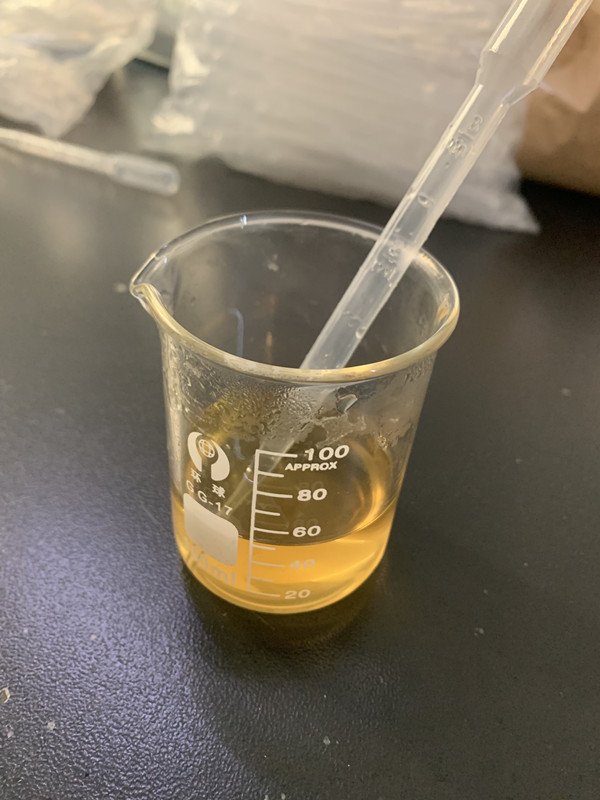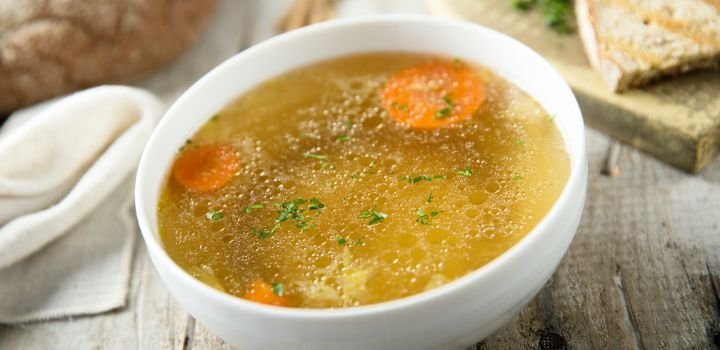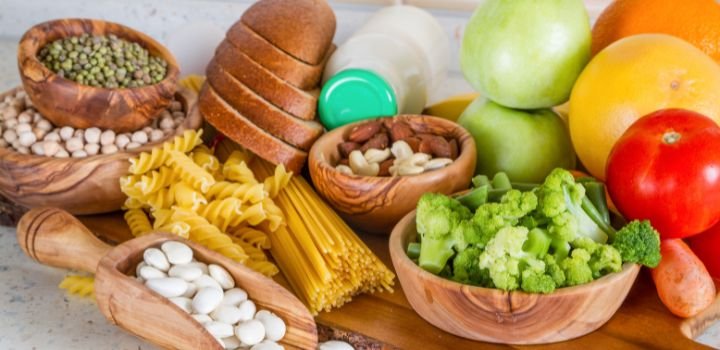Yeasts are microscopic unicellular fungi that can convert sugar into alcohol and carbon dioxide through fermentation. Saccharomyces cerevisiae is the most common yeast used in the fermentation of various foods and beverages such as bread, beer, and wine. Yeasts are also used as food additives, either as inactivated dried yeasts or as yeast extracts. Yeast extracts are made by removing the water-insoluble cell walls and extracting and concentrating the water-soluble cellular content from yeast (Tomé, 2021). Yeast’s cellular content is made up of various components such as proteins, amino acids, glucans, nucleotides, B-group vitamins, and minerals. Cell lysis and the application of various processes for the removal of cell walls and concentration of cell contents are all part of the preparation of yeast extracts (Tomé, 2021). Yeast extracts, unlike yeast, lack the cell wall and instead contain concentrated water-soluble cellular components that have been partially degraded during the process. This composition varies and can be modulated depending on the preparation of the various yeast extracts used as ingredients in foods and beverages for both nutritional and flavoring properties (Tomé, 2021).
Chiết xuất men
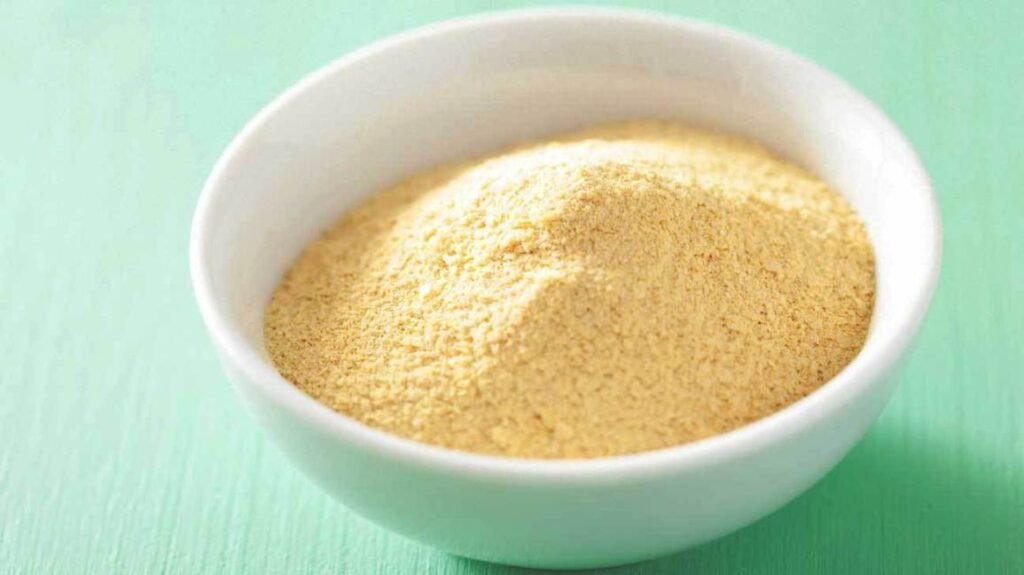
Some yeasts, specifically Saccharomyces cerevisiae, have long been used in foods and beverages, producing alcohol and/or carbon dioxide through fermentation during bread baking, beer brewing, or winemaking. Yeast is also used as available biomass in the form of inactivated dried yeasts or for the preparation of yeast extracts (Rakowska et al., 2017; In., et al., 2005). The process of producing yeast extract involves the solubilization and concentration of a selected strain of yeast’s ruptured cell content. The procedure is divided into three steps: yeast cell growth, cell lysis, and cell content concentration (Tomé, 2021).
Types of yeast extracts
Men làm bánh mì
Saccharomyces cerevisiae is used extensively in the making of bread. It feeds on the sugars in the bread dough, releasing carbon dioxide. The dough expands as a result of the bubbles created within it. The rate of fermentation is influenced by the other ingredients in the mixture: sugar and eggs speed it up, however, fats and salt down the process.
Men bia
Several yeasts are used in the production of beer, where they ferment the sugars found in malted barley to produce alcohol. Saccharomyces cerevisiae, the same strain used in bread making, is one of the most common; it is used to make ale-type beers and is known as a top-fermenting yeast because it forms a foam on the top of the brew. Bottom-fermenting yeasts like Saccharomyces pastorianus are more commonly used in the production of lagers. They ferment more sugars in the mixture than top-fermenting yeasts, resulting in a cleaner flavor.
Torula Yeast’s
Torula is widely used as a flavoring in processed foods and pet foods in its inactive form (usually labeled as torula yeast). It is frequently grown on wood liquor, a byproduct of paper manufacturing that is high in wood sugars (xylose). It’s pasteurized and spray-dried to make a fine, light grayish-brown powder with a slightly yeasty odor and a mild, slightly meaty flavor (Blech, 2008).
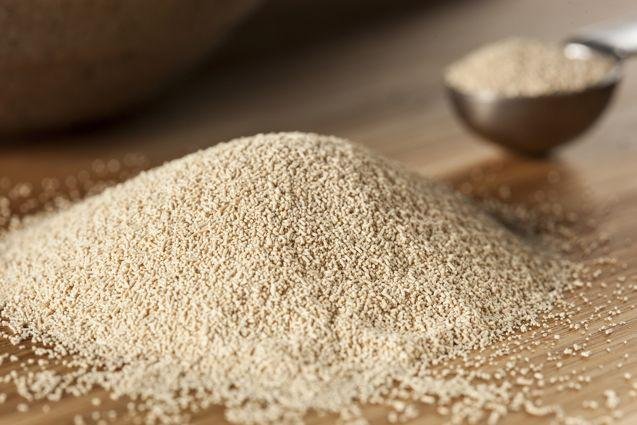
Preparation of yeast extracts
Chiết xuất men are concentrated forms of the yeast’s soluble fraction (Rakowska et al., 2017; Ames, 1994; Nagodawithana, 1992; Sommer, 1998). To prepare yeast extract, a variety of methods for the release and digestion of yeast cell contents are used.
Yeast autolysis
Autolysis is used to extract living cells. There is no addition of any component, autolysates are the simplest products of this type. Yeast extracts are primarily produced through autolysis with endogenous cellular enzymes, during which hydrolysis occurs spontaneously due to the action of endogenous enzymes. To increase the effectiveness of autolysis, proteolytic enzymes or acids are sometimes added (Li et al., 2006; Podpora and Widerski, 2010). The most common is autolysis by enzymes released from the cell, hydrolysis if additional exogenous enzymes or acids are added, and plasmolysis (Takalloo et al., 2020).
Yeast plasmolysis
Yeast plasmolyzes are made by adding a large amount of salt to the yeast, causing the cell wall to collapse under osmotic pressure. Plasmolysis is used to extract living cells. Plasmolysates contain higher concentrations of salt and sodium, which are used in plasmolysis.
Enzymatic hydrolysis
For some applications, yeast extracts known as yeast hydrolysates are obtained with the addition of acids or proteolytic exogenous enzymes that degrade cell walls (Li et al., 2006; Podpora and Widerski, 2010; Babyan and Bezrukov, 1985; Kim et al., 2019; Klis et al., 2002). Acid hydrolysis and aqueous extraction are used to extract nonliving cells (Lamoolphak et al., 2006; Podpora et al., 2007). Yeast extracts are primarily produced through autolysis with endogenous cellular enzymes, during which hydrolysis occurs spontaneously due to the action of endogenous enzymes. Acid hydrolysates contain higher concentrations of salt and sodium, which are used to neutralize acids in hydrolysis.
Technological advancements have been made to improve yeast cell wall breaking, flavor component production, and yeast extract concentration. The lysis conditions, such as temperature and pH, are carefully controlled based on the expected mixture of components, some of which contribute to the flavor of the extracts. This facilitates the extraction of valuable intracellular proteins, carbohydrates, and vitamins. Centrifugation and filtration remove the insoluble cell walls, and the final soluble yeast extract is concentrated or spray dried to produce a liquid, light paste with 20-30 % water, or dry powder with 5-10 % water.

Uses of yeast extracts
- Yeast extracts have been described and used primarily as;
- Food nutritional and flavoring ingredients,
- Yeast extracts are also increasingly being used as functional ingredients in functional foods and food supplements.
- Yeast extracts are also used in skin conditioning, skin protection, and cosmetic and personal care products (Ackroff and Sclafani, 2016; Podpora and Swiderski, 2015).
- Yeast extracts contain high nitrogen, amino acid, vitamin, nucleic acid, mineral, and carbohydrate content, and are used as a nutritional source in microbial growth media (Schauss et al., 2012).
Nutritional importance of yeast extracts
Yeast extract is made up of proteins, peptides, amino acids, nucleic acids, B vitamins, minerals, carbohydrates, and other ingredients. The precise chemical composition of yeast extracts is determined by the conditions under which yeast is cultured and yeast extracts are prepared. Dried brewer’s yeast, for example, is high in protein (just under 50 g per 100 g of yeast) and a good source of group B vitamins (B1, B2, B3, B5, B6, B9), iron, phosphorus, magnesium, and zinc. Yeast extracts typically have a high concentration of free amino acids and group B vitamins (Tomé, 2021).
About Hiyeast
hiyeast uses molasses yeast as raw material and is processed with modern biotechnology as autolysis, hydrolysis, separation, and concentration. It can provide nutrition to Microorganisms such as bacteria, molds, yeasts, and actinomycetes.
About Hiyeast’s products
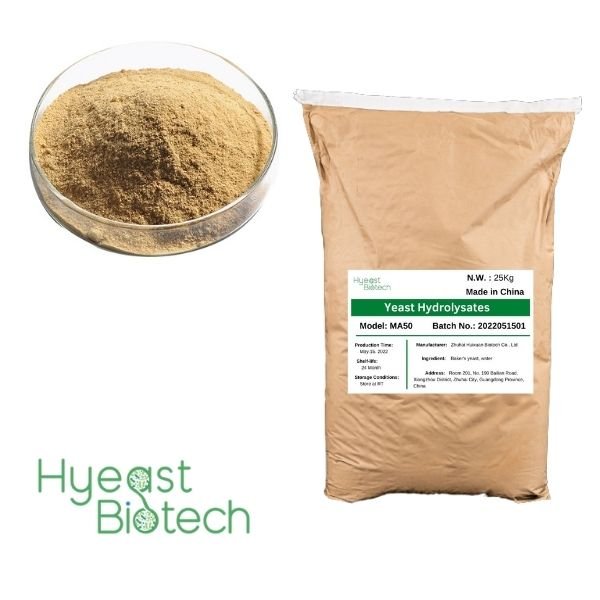
Hiyeast is an expert in producing sản phẩm có nguồn gốc từ nấm men. Hiyeast aims to bring taste and pleasure by providing a unique range of yeast extracts and yeast-derived products in the natural food ingredient and animal nutrition industry. Hiyeast is China’s rapidly growing company and provides products and services all over the world.
Người giới thiệu
Tomé, D. Yeast extracts Nutritional and flavoring food ingredients. ACS Food Science & Technology, 2021, 1(4), 487-494.
Rakowska, R., Sadowska, A., Dybkowska, E., & Swiderski, F. (2017). Spent yeast as a natural source of functional food additives. Roczniki Państwowego Zakładu Higieny, 2017, 68 (2).
In, M. J., Kim, D. C., & Chae, H. J. Downstream process for the production of yeast extract using brewer’s yeast cells. Biotechnology and Bioprocess Engineering, 2005, 10 (1), 85-90.
Ames, J. M. Volatile sulfur compounds in yeast extracts. ACS Symposium Series, Vol. 564, American Chemical Society: 1994, 147-159.
Nagodawithana, T. Yeast-derived flavors and flavor enhancers and their probable mode of action: Use of biotechnology to enhance food flavor. Food technology (Chicago) 1992, 46 (11), 138−144.
Sommer, R. Yeast extracts: production, properties and components. Food Australia – official journal of CAFTA and AIFST 1998, 50 (4), 181−183.
Takalloo, Z., Nikkhah, M., Nemati, R., Jalilian, N., Sajedi, R. H. Autolysis, plasmolysis and enzymatic hydrolysis of baker’s yeast (Saccharomyces cerevisiae): a comparative study. World J. Microbiol. Biotechnol. 2020, 36 (5), 68.
Li, J., Li, D. F., Xing, J. J., Cheng, Z. B., Lai, C. H. Effects of beta glucan extracted from Saccharomyces cerevisiae on growth performance, and immunological and somatotropic responses of pigs challenged with Escherichia coli lipopolysaccharide. J. Anim. Sci. 2006, 84 (9), 2374−81.
Podpora, B., Świderski, F. Preparaty żywnościowe otrzymywane z odpadowych drożdży pofermentacyjnych jako przykład innowacji. Postępy Techniki Przetwórstwa Spożywczego 2010, 20, 94−99.
Lamoolphak, W., Goto, M., Sasaki, M., Suphantharika, M., Muangnapoh, C., Prommuag, C., Shotipruk, A. Hydrothermal decomposition of yeast cells for production of proteins and amino acids. J. Hazard. Mater. 2006, 137 (3), 1643−8.
Podpora, B.; Waszkiewicz-Robak, B. Nowoczesne metody otrzymywania ekstraktów drożdżowych jako naturalnych składników smakowych. Postępy Techniki Przetwórstwa Spożywczego 2007, 67−71.
Babayan, T. L., Bezrukov, M. G. Autolysis in yeasts. Acta Biotechnol. 1985, 5 (2), 129−136.
Kim, S. W., Holanda, D. M., Gao, X., Park, I., Yiannikouris, A. Efficacy of a Yeast Cell Wall Extract to Mitigate the Effect of Naturally Co-Occurring Mycotoxins Contaminating Feed Ingredients Fed to Young Pigs: Impact on Gut Health, Microbiome, and Growth. Toxins 2019, 11 (11), 633.
Klis, F. M., Mol, P., Hellingwerf, K., Brul, S. Dynamics of cell wall structure in Saccharomyces cerevisiae. FEMS Microbiol Rev. 2002, 26 (3), 239−56.
Ackroff, K.; Sclafani, A. Flavor Preferences Conditioned by Dietary Glutamate. Adv. Nutr. 2016, 7 (4), 845S−52S.
Podpora, B., Swiderski, F. Spent Brewer’s Yeast Autolysates as a New and Valuable Component of Functional Food and Dietary Supplements. J. Food Process. Technol. 2015, 6 (12), 1000526.
Schauss, A. G., Glavits, R., Endres, J., Jensen, G. S., Clewell, A. Safety evaluation of a proprietary food-grade, dried fermentate preparation of Saccharomyces cerevisiae. Int. J. Toxicol. 2012, 31 (1), 34−45.

